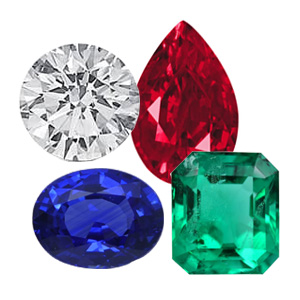When that special time comes for you to start searching for an engagement ring, one of the biggest decisions you’ll have to make is deciding which gemstone(s) you’d like to feature in the engagement ring. While diamonds are the go-to option for most engagement rings, there are several other options you may want to consider. Because engagement rings tend to be worn most of the day, every day, there are certain gemstones that you’re going to want to avoid because they won’t be able to stand up to everyday wear as well as other, more durable gems. Below we’ll discuss which gemstones are best suited for an engagement ring and which ones should be avoided.
Gemstones to consider…
Diamond: There’s a reason why diamonds are the number one choice for engagement rings. Not only are these gems universally viewed as a symbol of love and commitment, but they are also able to stand up to everyday wear better than any other gem. With a rating of 10 on the Moh’s Scale of Mineral Hardness, diamonds are the most scratch resistant gemstone in the world. It also doesn’t hurt that they’re considered by many to be one of the most beautiful gems as well.
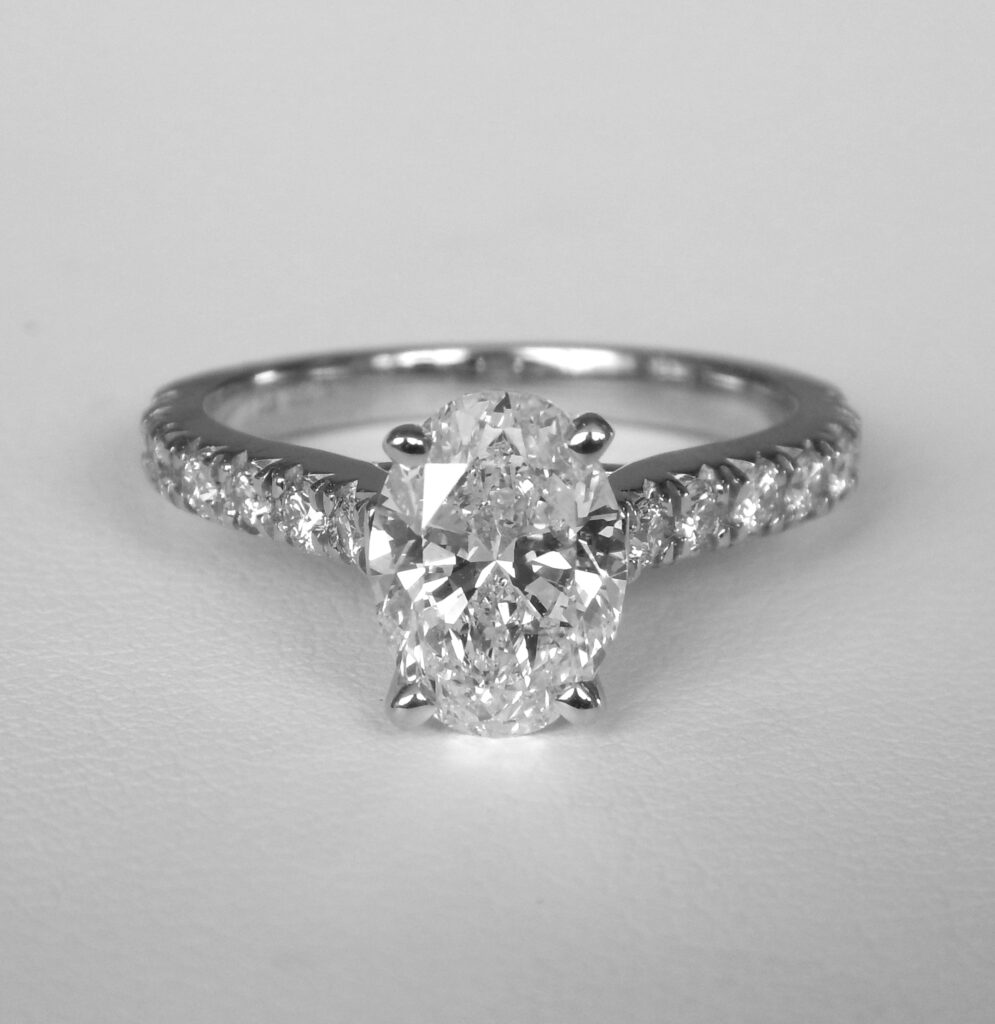
Diamond Engagement Ring
Sapphire: With engagement rings as gorgeous as Princess Diana’s/Kate Middleton’s, it’s no wonder why sapphire engagement rings are becoming increasingly popular. When you imagine a sapphire, you likely think of a blue stone. However, sapphires come in every color of the rainbow except for red, making them an ideal choice for a bride-to-be looking to incorporate a certain color in her engagement ring. And with a rating of 9 on the Moh’s Scale, sapphires are a durable choice for everyday wear.
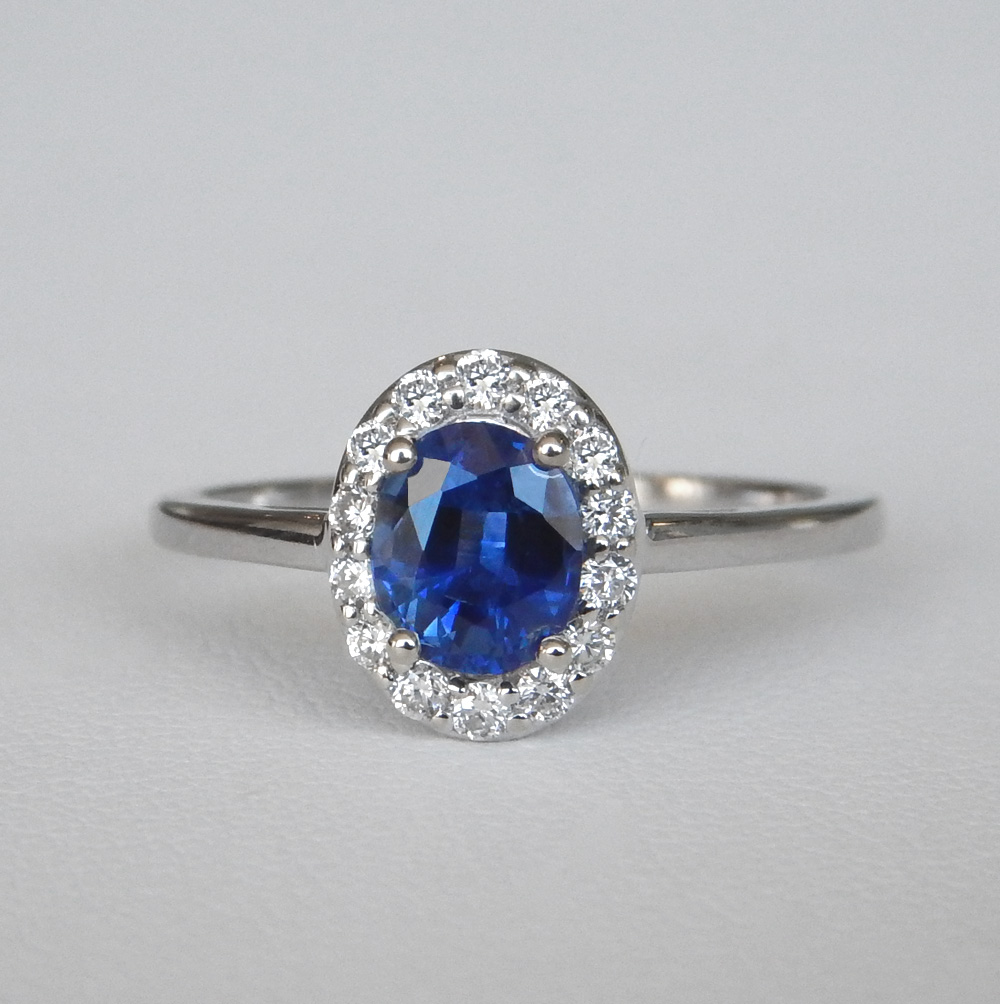
Sapphire Engagement Ring
Ruby: The red variety of corundum (the same mineral family as sapphires), rubies are also an excellent choice for an engagement ring. Since red is commonly associated with love, some couples like to select this gemstone and have it represent their love for one another.
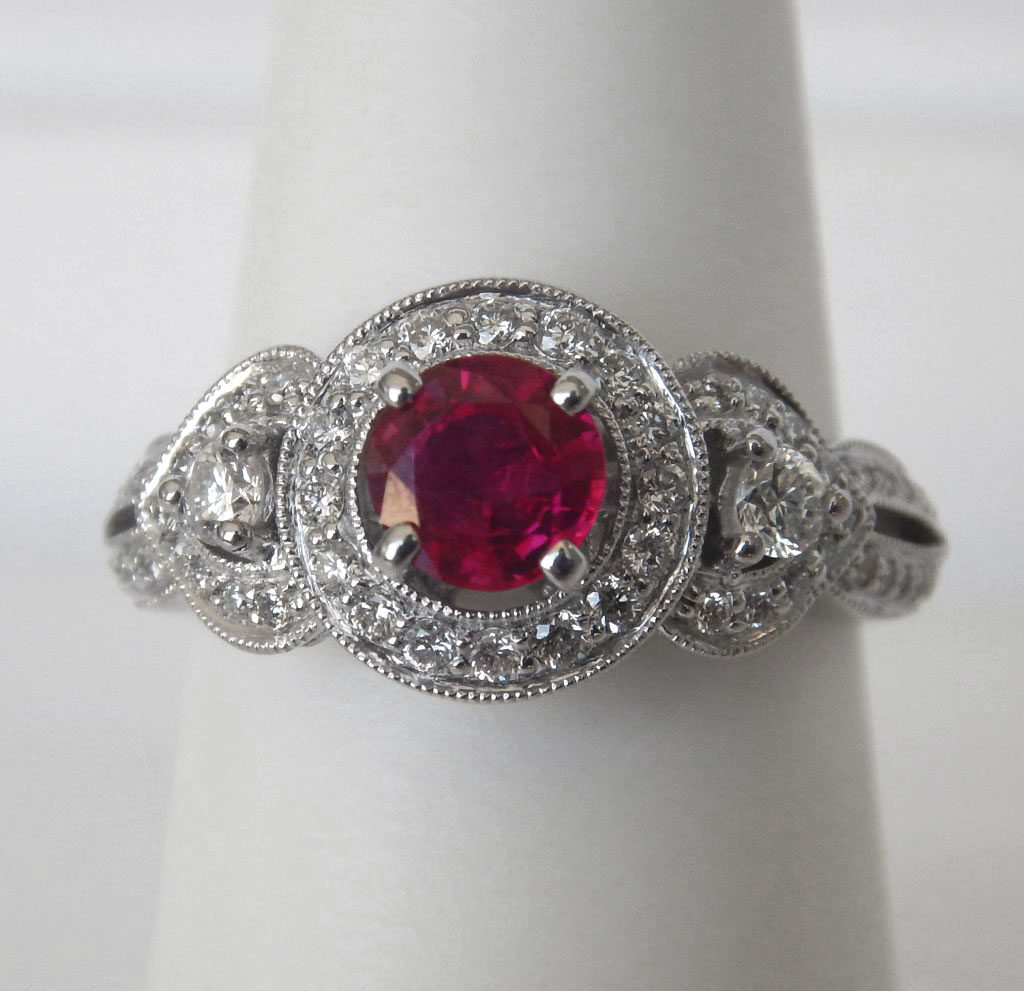
Ruby Engagement Ring
Moissanite: For individuals who want the look of a diamond engagement ring, but may not have the budget to afford a genuine diamond, we recommend moissanite. With a hardness rating of 9.25, moissanite will be able to stand up to everyday wear. This gem offers a brilliance comparable to that of a diamond, but costs a fraction of the price of a diamond.
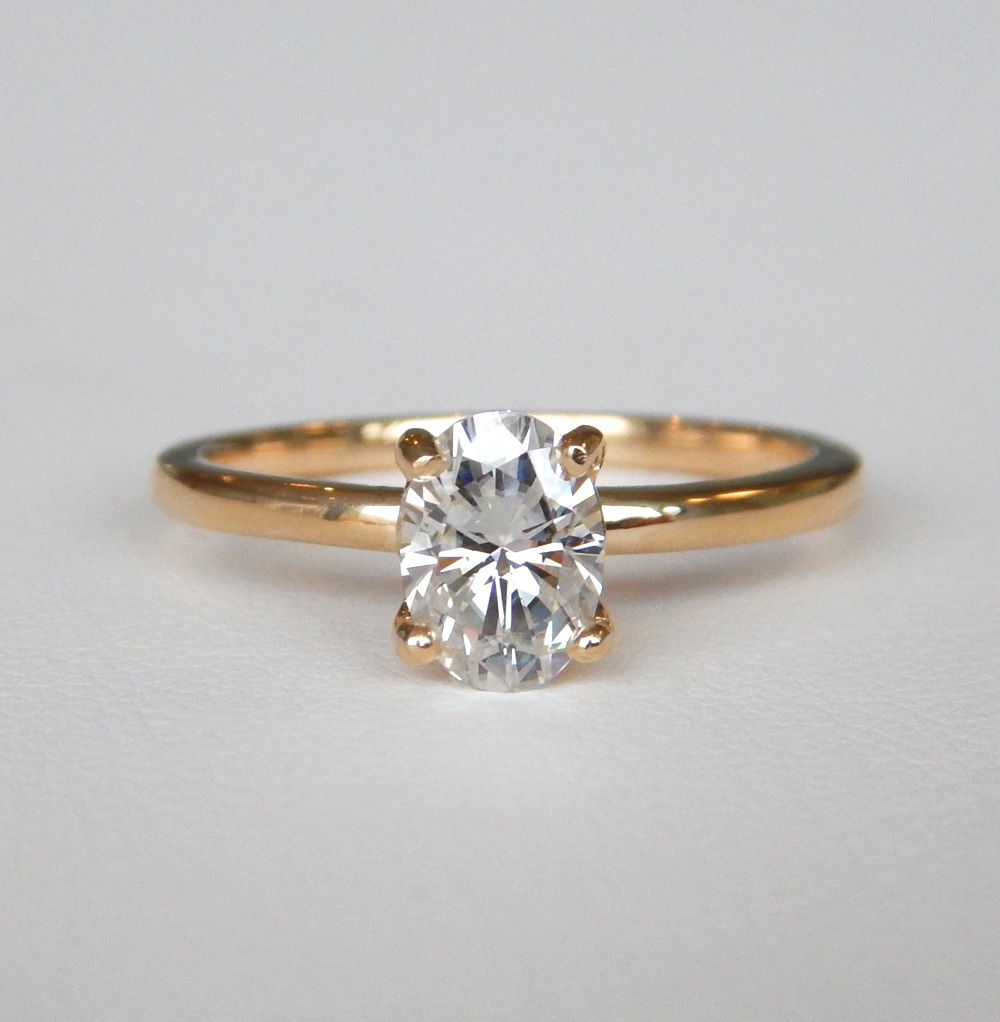
Moissanite Engagement Ring
Gemstones to avoid…
Emerald: Emeralds are one of the most precious gemstones in the world, but there’s one major reason why we don’t recommend selecting this gem for your engagement ring. Even though they fall relatively high on the Moh’s Scale (7.5 ranking), emeralds are one of the most included gemstones in the world. This means that they’re more fragile and more likely to break when accidentally hit on a hard surface.
Pearl: While beautiful, pearls are very porous and soft, making them a dangerous choice for an everyday ring. Long-term exposure to chemicals found in hairspray, cosmetics, and cleaning supplies will damage these organic gems. Pearls rank 2.5 on the Moh’s Scale, meaning they’re likely to develop scratches and lose their beautiful luster over time with continuous wear.
Opal: Falling between 5.5 and 6.5 on the Moh’s Scale, opals are a relatively soft gemstone and are prone to surface damages and breaking. They’re also sensitive to heat, humidity, and chemicals.
So does this mean you absolutely cannot have an emerald, pearl, or opal engagement ring? No, it just means that you’ll need to take more care when wearing your engagement ring if you do decide to incorporate one of these gems in your ring. Keep in mind that you may also have to replace the gemstone over time as it becomes dull, damaged, or lost. For someone set on one of these less-durable gemstone engagement rings, that may be a small price to pay in order to have their dream ring.
The gemstones listed above are just some examples of the gems we recommend considering/avoiding for your engagement ring. For more information regarding engagement ring gemstones, feel free to contact us at 414-276-2457 or info@kloiberjewelers.com.


